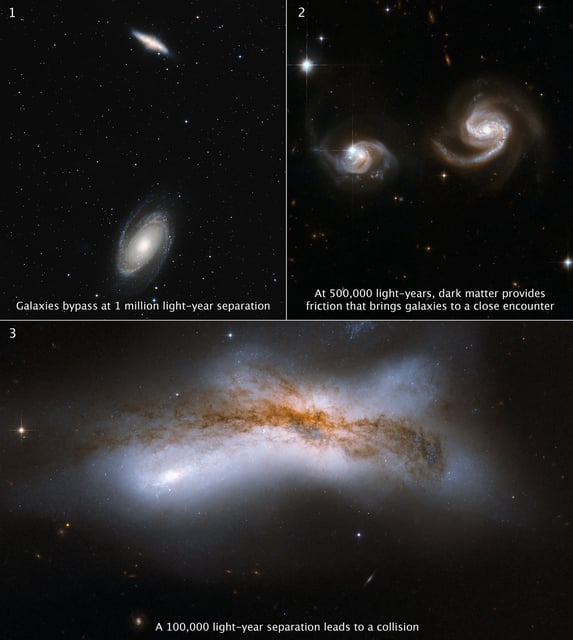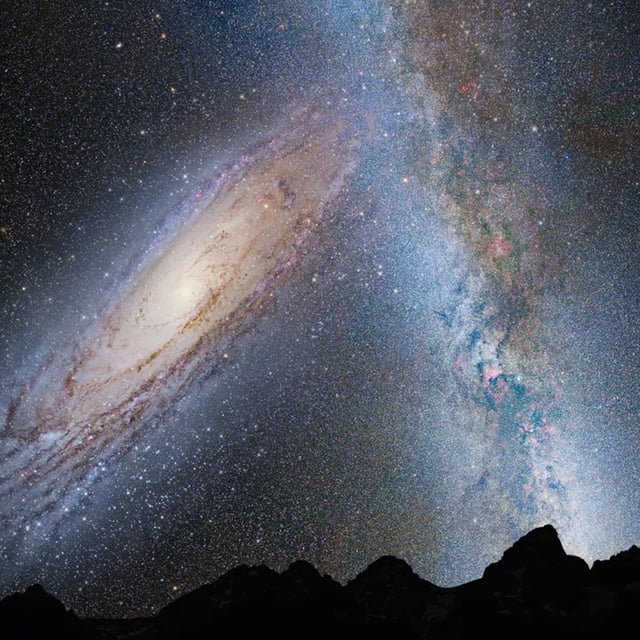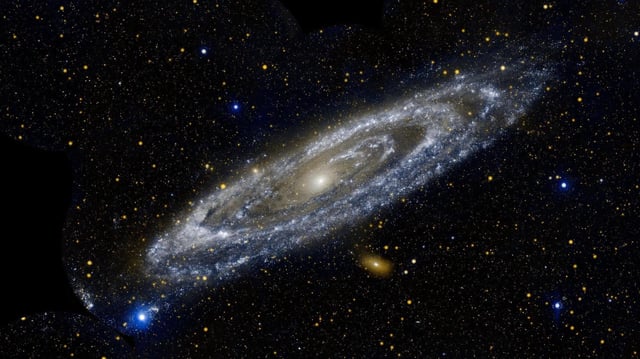Overview
- New simulations incorporating Hubble and Gaia data indicate only a 2 percent chance of a direct Milky Way–Andromeda collision within five billion years.
- Expanded models raise the probability to roughly 50 percent for a merger within ten billion years, beyond the Sun’s lifecycle.
- Researchers identify the Large Magellanic Cloud’s gravitational influence as a key factor diverting the Milky Way’s trajectory away from Andromeda.
- Models forecast an almost certain merger between the Milky Way and the Large Magellanic Cloud within two billion years.
- Scientists caution that remaining uncertainties in galactic masses, positions and motions leave the ultimate fate of the Milky Way open to further study.


